17 Techniques for Balancing Work and Personal Life
Finding a healthy balance between work and personal life is challenging, but with a few practical adjustments, it’s achievable. Work-life balance doesn’t mean dividing time evenly but making sure both areas get the attention they deserve. It’s about setting boundaries, using time effectively, and building habits that reduce stress. Here are 17 straightforward techniques to help you balance work with your personal life.
1. Set Clear Boundaries

Establishing boundaries between work and personal life is key to keeping them separate. This could mean not checking work emails after a certain time or creating a dedicated workspace at home that you step away from at the end of the day. Boundaries help you avoid burnout and create a mental break between professional and personal time. Being clear with your colleagues and family about these boundaries ensures they respect your need for personal space.
2. Prioritize Your Tasks
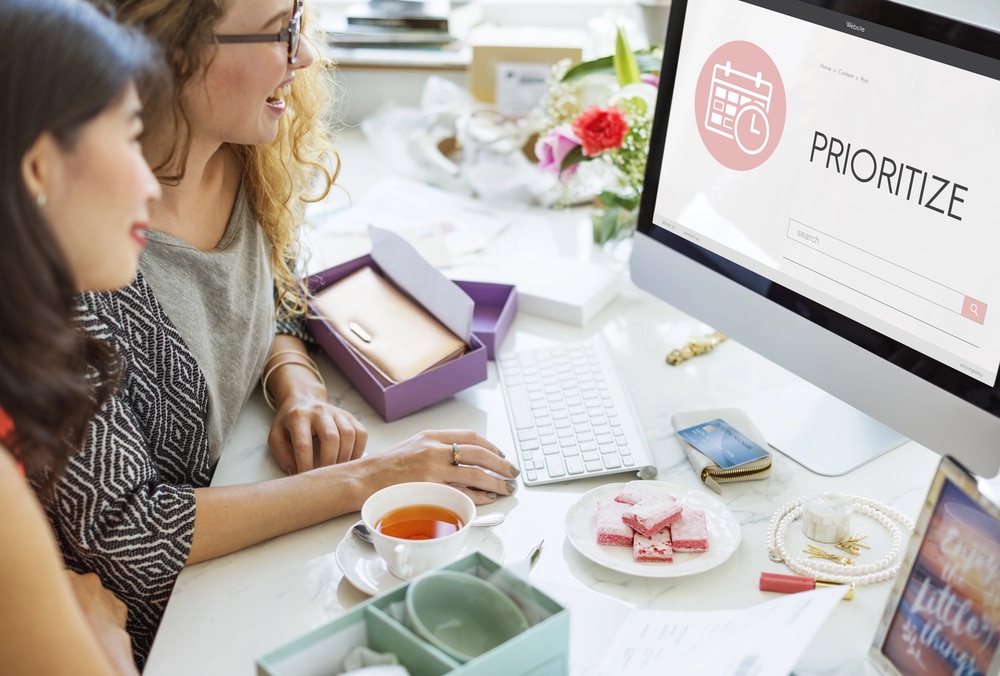
Not every task has the same urgency or importance, so take time to prioritize. Write down what needs to be done each day and focus on the most critical tasks first. This practice helps prevent overwhelm and allows you to end your workday feeling accomplished. Prioritizing also helps you recognize when it’s time to step away rather than chasing every little task.
3. Embrace the Power of ‘No’

It’s okay to say no to requests that add unnecessary stress or detract from important personal time. Taking on too much often leads to burnout and leaves little energy for personal life. Politely declining certain tasks or activities gives you space to focus on what really matters. It also helps others see and respect your boundaries.
4. Schedule Downtime
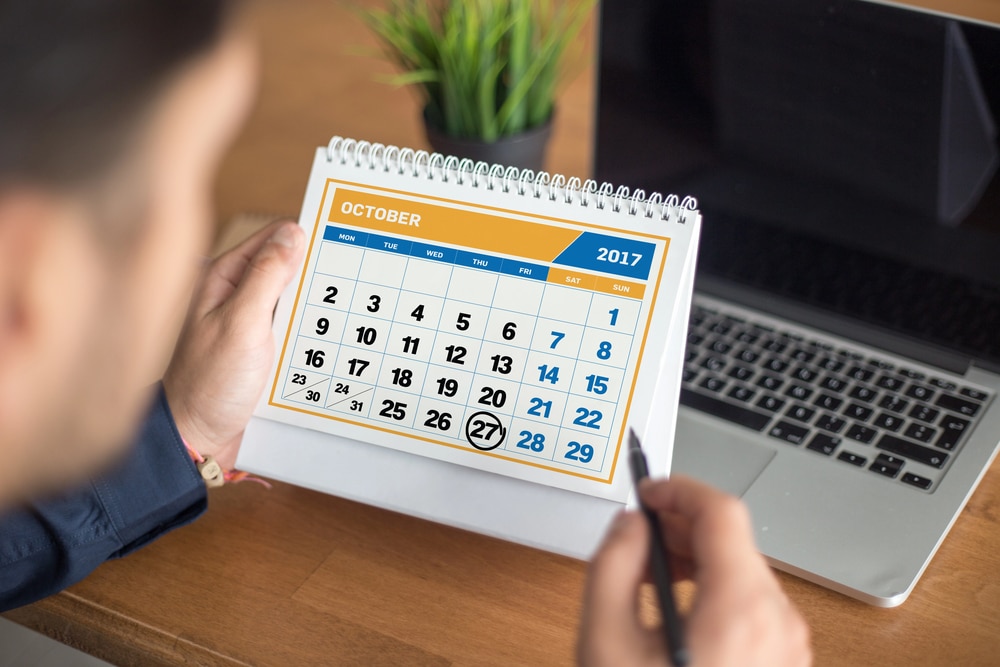
Just as you schedule work meetings, block out time on your calendar for personal activities. Having a set time for relaxation or hobbies helps ensure that personal interests get the attention they need. This downtime lets you recharge, making you more productive when you return to work. Whether it’s reading, exercising, or a coffee break with friends, treat this time as non-negotiable.
Follow us for more of these articles.
5. Limit Multitasking

Multitasking might feel productive, but it often leads to mistakes and lower-quality work. Focus on one task at a time to ensure your attention is fully on what you’re doing, allowing you to complete it more efficiently. This habit prevents work from dragging into personal time and creates a clearer division between the two areas. Concentrated work reduces stress, making both work and personal time more enjoyable.
6. Take Regular Breaks

Breaks throughout the day help you maintain your energy and mental clarity. Stepping away for even a few minutes can improve focus and prevent burnout. Whether it’s a walk around the block or a short stretch, breaks refresh your mind, making it easier to transition to personal life when work is done. Use breaks to recharge instead of pushing through when you’re feeling drained.
Follow us for more of these articles.
7. Make Time for Exercise

Regular exercise can improve both your physical and mental health, reducing stress from work. Schedule time for exercise as part of your daily or weekly routine to keep your energy levels high. Whether it’s a full workout or just a 15-minute stretch, physical activity helps you recharge and feel more present in your personal life. Exercise is a simple but effective way to let off steam.
8. Keep Your Workspace Organized

A cluttered workspace can increase stress and make it harder to focus. Take a few minutes each day to organize your workspace, making it easier to concentrate and stay productive. When your space is tidy, it’s easier to transition to personal life without feeling like work is chaotic or unfinished. This habit creates a sense of control, making both work and relaxation time more enjoyable.
Follow us for more of these articles.
9. Set Goals for Both Work and Personal Life
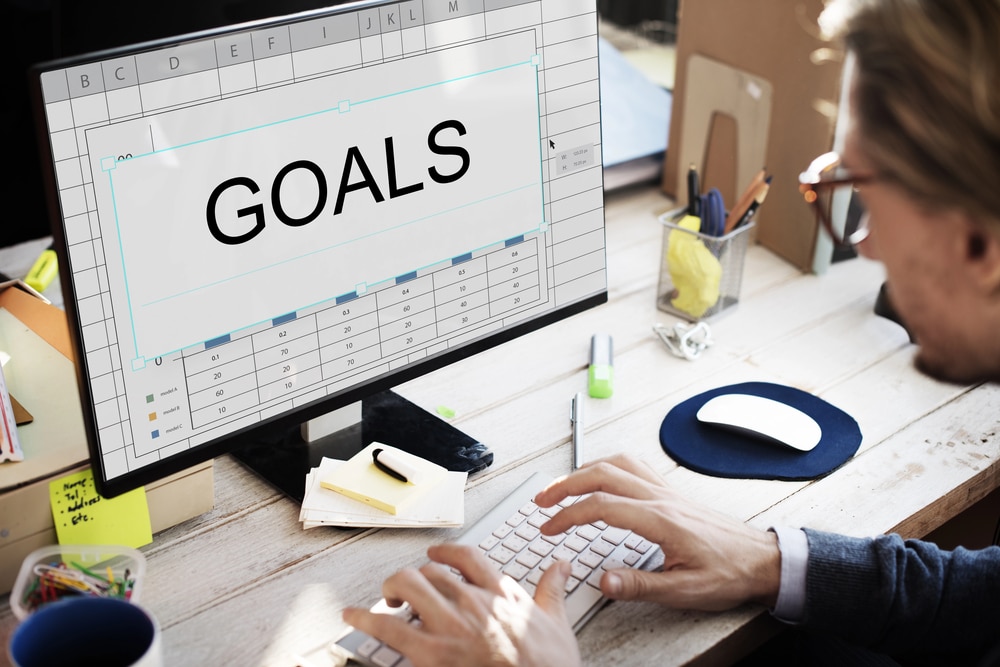
Setting goals helps you focus on what’s important in both areas of life. Think about short-term and long-term goals, whether they’re related to career growth, health, hobbies, or family. Having a clear vision helps you prioritize tasks and avoid letting work consume too much time. When goals are set, you can balance both personal achievements and work responsibilities more effectively.
10. Delegate When Possible

If you’re always trying to do everything yourself, you’re bound to burn out. Delegating tasks at work or home helps you focus on what truly requires your attention. By asking for help, you free up time for both work and personal activities, reducing stress and enhancing productivity. Delegating is a skill that takes practice but brings a sense of balance over time.
Follow us for more of these articles.
11. Practice Mindfulness
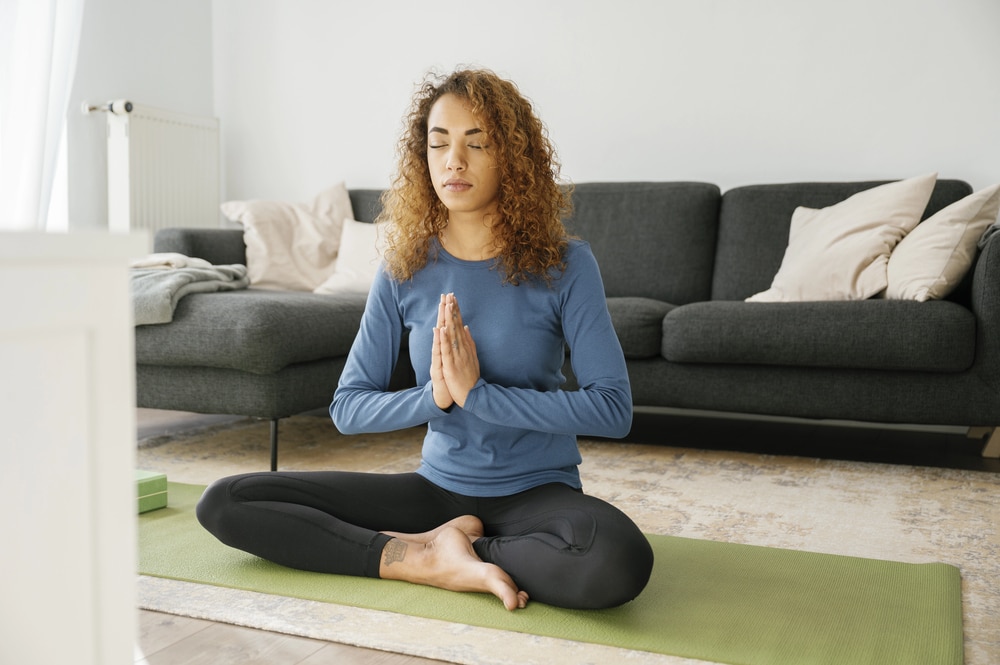
Mindfulness keeps you present, helping you enjoy each moment rather than being distracted by work concerns during personal time. Practicing techniques like deep breathing or meditation can help manage stress and boost focus. Being mindful also makes it easier to leave work thoughts behind at the end of the day, improving the quality of your personal time. It’s a simple way to enjoy work and personal life without feeling overwhelmed.
12. Disconnect After Hours

Turning off work notifications and staying offline after hours helps separate work and personal time. Give yourself permission to disconnect fully from work when the day ends to recharge and focus on family, friends, or personal interests. A work-free evening allows you to return refreshed the next day. Communicate this habit with your team so they understand and respect your boundaries.
Follow us for more of these articles.
13. Use a Planner
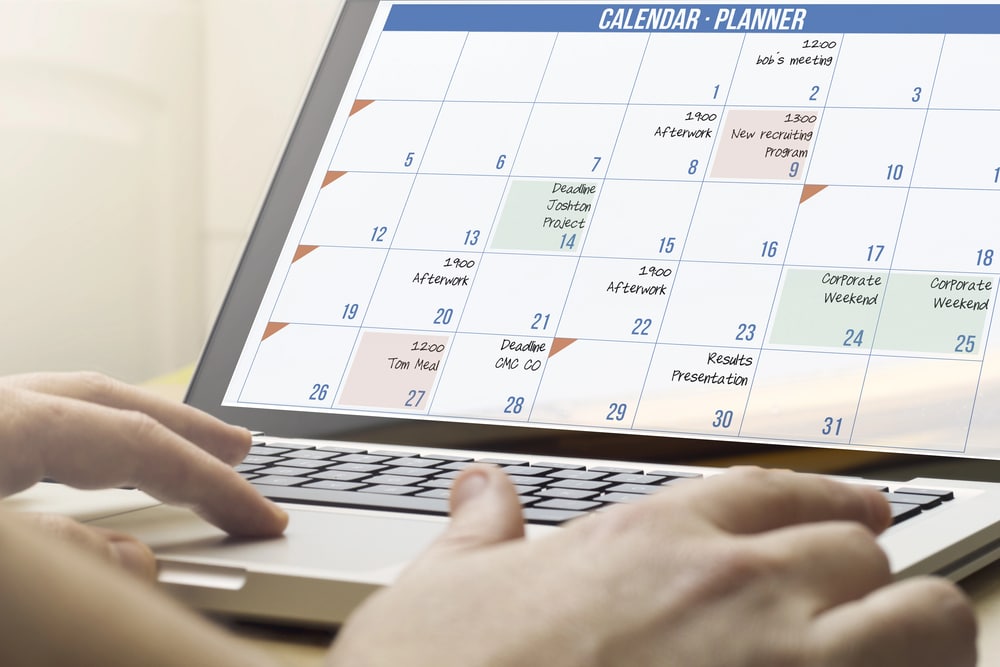
Planners are a great way to organize your time and track both work and personal commitments. Write down deadlines, meetings, and social events to create a visual reminder of your day-to-day schedule. A planner helps prevent overcommitting and lets you see where you can fit in personal activities. This organized approach can make it easier to find a healthy balance.
14. Have a Wind-Down Routine

Create a wind-down routine to help you mentally transition from work to personal time. This could be as simple as changing into comfortable clothes, having a cup of tea, or taking a few minutes to write in a journal. A routine signals your brain that the workday is over, allowing you to shift your focus. Wind-down routines are small habits that help bring more relaxation into your personal life.
Follow us for more of these articles.
15. Prioritize Sleep

Quality sleep is essential for both work productivity and personal enjoyment. Prioritize sleep by setting a consistent bedtime and creating a calming pre-sleep routine. Good sleep helps you manage stress better, making it easier to handle the demands of work without sacrificing personal time. When you’re well-rested, you’ll feel more balanced and ready for whatever the day brings.
16. Communicate Your Needs

Let the people in your life know about your work-life balance goals. Communication helps prevent misunderstandings and builds support for your boundaries, both at work and home. Expressing your needs ensures others understand your availability, making it easier to keep work and personal time separate. Open communication can help you maintain a healthier balance.
Follow us for more of these articles.
17. Remember to Unwind on Weekends

Use weekends or days off as a chance to recharge. Rather than letting work creep in, spend this time on hobbies, family, or activities that relax you. Taking a real break from work during weekends helps reduce stress and allows you to feel refreshed by Monday. Treat weekends as valuable personal time to enjoy life beyond work.
Like our content? Be sure to follow us!






